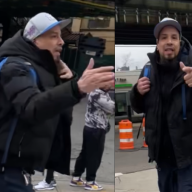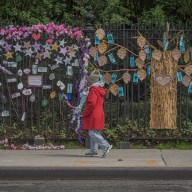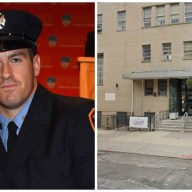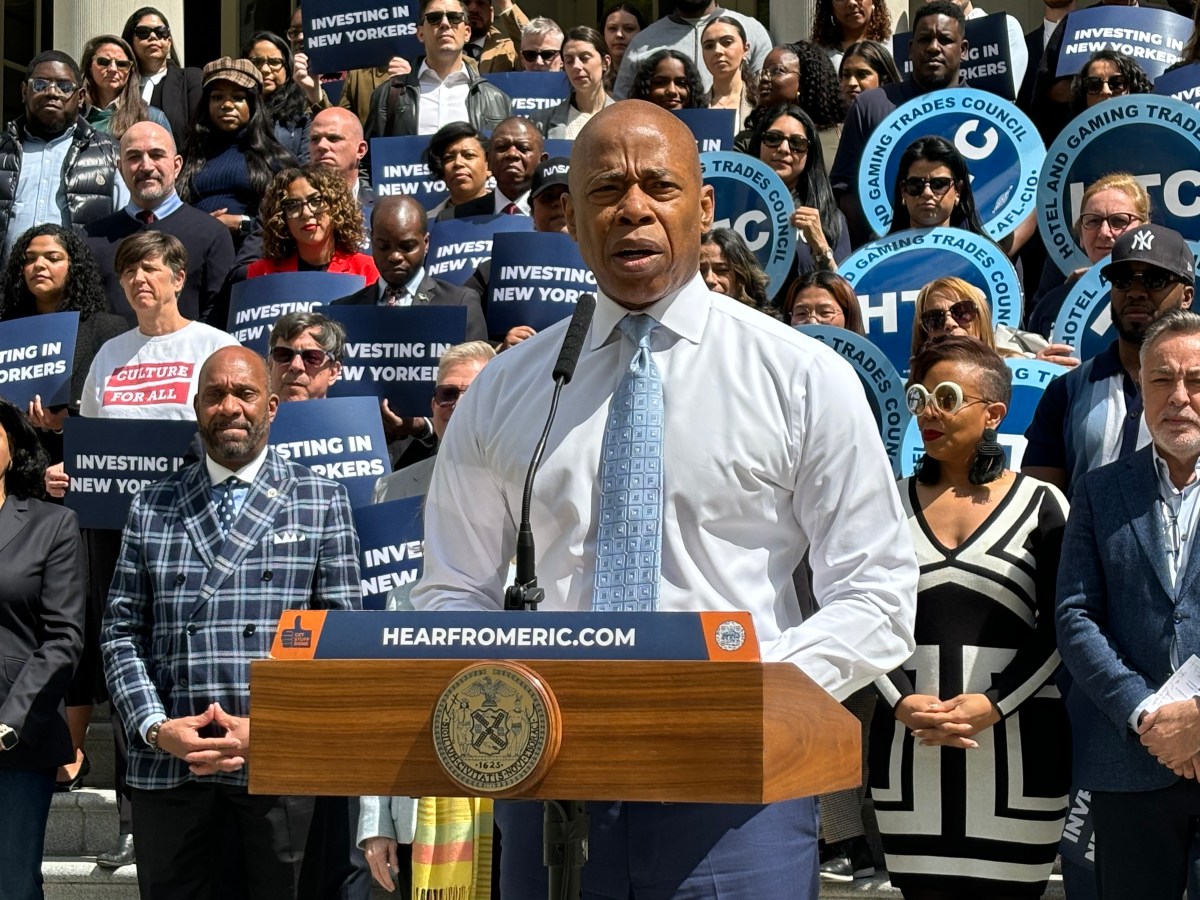The death of the mayor’s congestion pricing plan has claimed another life: residential parking permits.
“It died when Albany killed congestion pricing,” said John Gallagher, a mayoral spokesperson.
The so-called pay-to-park system — versions of which are used in Boston and the District of Columbia — was a popular idea in neighborhoods around Downtown Brooklyn, where residents complain that commuters, especially city employees with parking placards, consume too many spots.
To generate support for the now-dead $8 fee to drive into Manhattan, the city had offered to sell the parking permits, saying it would prevent people from parking their cars in residential neighborhoods just outside the congestion-pricing zone. Some residents of those communities refuse to let the permit plan go.
“Residential parking permits are not going to die here. They’re too important,” said Sue Wolfe, president of the Boerum Hill Association. “We now have all these people circling for parking. If you work in Manhattan or Downtown Brooklyn, you should be taking public transportation.”
But farther away from Downtown, the idea becomes less popular, because mass transit options are fewer and commutes on subways and buses become uncomfortably long.
The debate over parking permits also revived class issues with the less-affluent outer neighborhoods feeling that they were getting the short end of the stick compared to the tony locales.
“They already have mass transit. Now the city is saying they should [get a parking space],” Mandy Harris told The Brooklyn Paper.






















